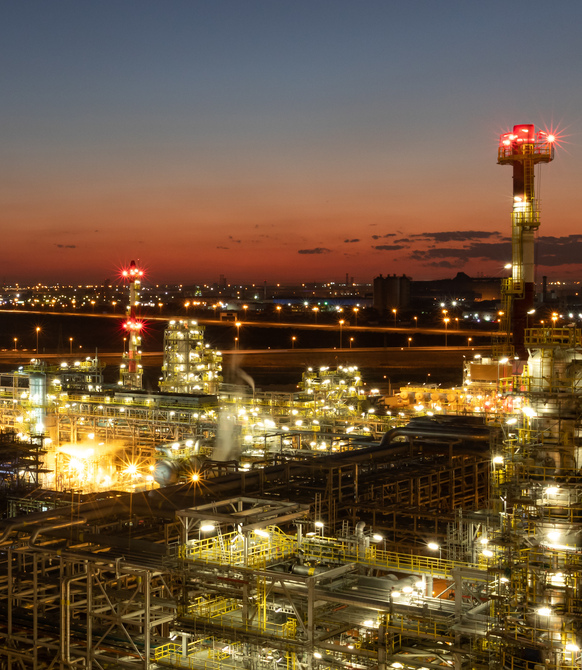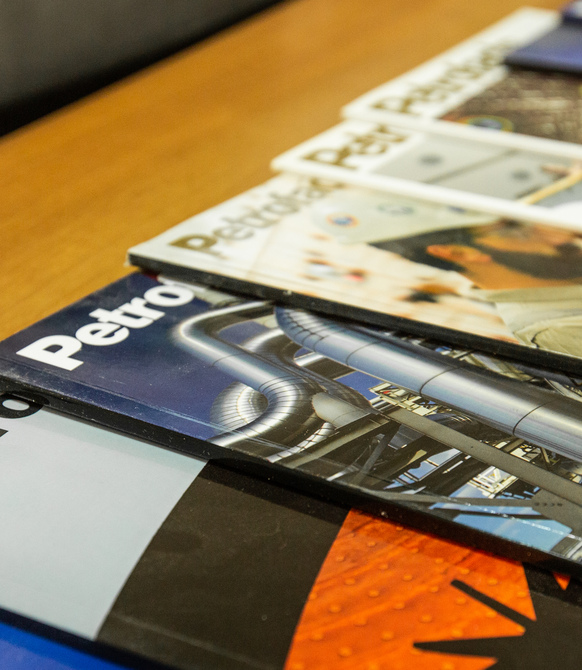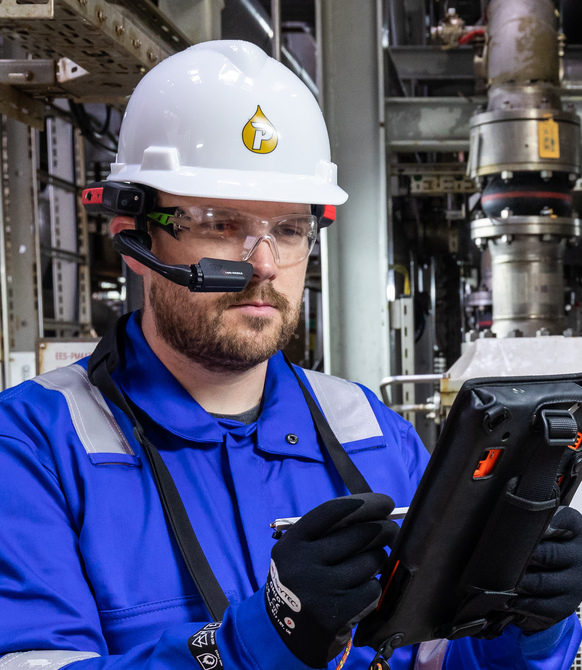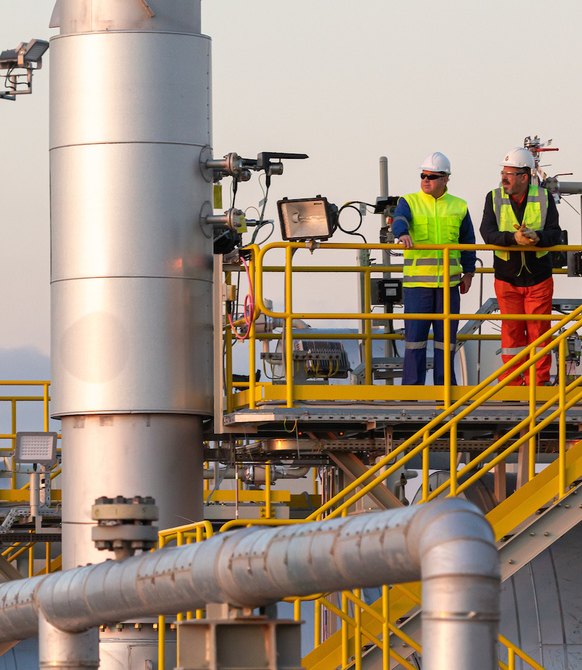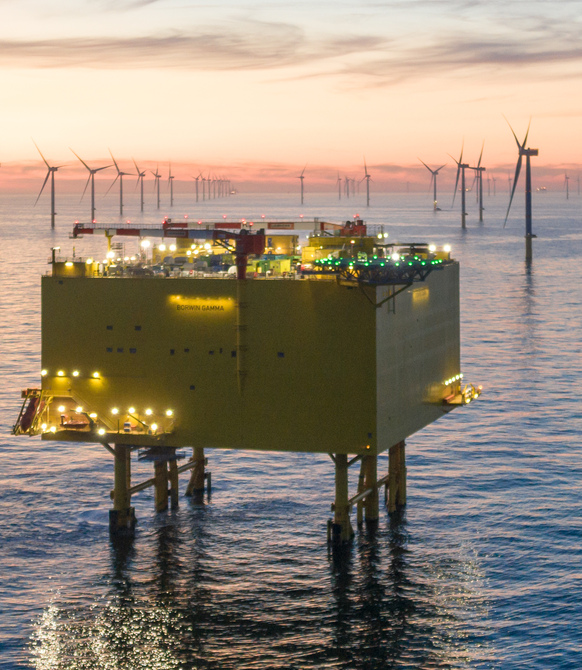07 January 2016
Petrofac plays key role in development of Energy Institute engineering guidelines
At Petrofac, our number one concern is always safety, and we have recently been involved in a piece of work which will contribute towards ensuring the safety of our colleagues – as well of hundreds of people throughout our industry.
The Energy Institute, the global professional body for the energy sector, recently published a set of engineering guidelines on the safe design and operation of shell and tube heat exchangers to withstand the impact of tube failure. The guidelines were the outcome of three years of hard work and Petrofac, alongside companies such as Total, BP, BG and ConocoPhillips, played a leading role in the project.
The guidelines are intended for process, mechanical and instrumentation engineers to use when they are designing and reviewing systems incorporating shell and tube heat exchangers.
Steve Coates, who has worked at Petrofac for seven years, was on the steering committee for the project and offered technical guidance. Steve advised at 20 steering committee sessions over the course of the project.

Steve Coates
“We wanted to get involved in the project because of Petrofac’s experience of these systems as a designer, constructor, operator and owner.
“We also wanted to contribute to the increased safety of our colleagues and fellow oil and gas workers by developing the guidelines. This is the second edition of this particular set of guidance (the first edition was published more than 10 years ago). It is a much more comprehensive document, and reflects recent industry experience and technical development.”
Dr Mark Scanlon is an HSE Team Manager for the Energy Institute, and worked on the project alongside Steve. He is proud of the outcome.
“Participating in this project demonstrates Petrofac’s leadership and real commitment on this topic,” he said.
“It favourably positions Petrofac as a technical authority in the safe design and operation of Shell and Tube Heat Exchangers and their associated piping and relief systems.”
Find out more about our Facilities Engineering services.


